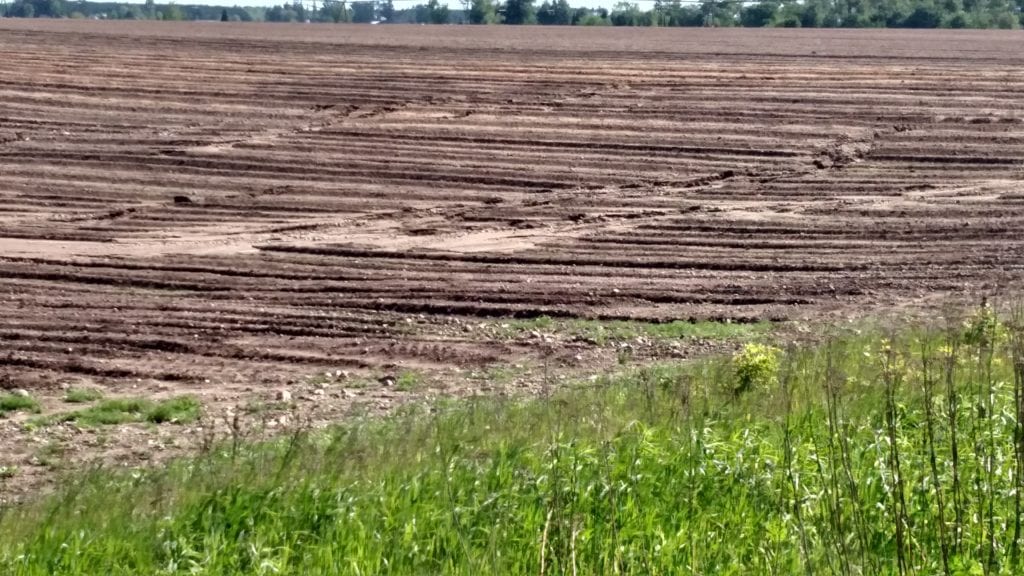
Potato growers take lead in controlling and monitoring phosphorous runoff
By Chuck Bolte, precision ag/nutrient management planning manager, AgSource Laboratories
Potato growers in the Antigo Flats area of Wisconsin are taking a leadership role in an effort to control phosphorus runoff in the Spring Brook and Eau Claire River watersheds.
The Antigo Flats is designated by the Wisconsin Department of Agriculture, Trade and Consumer Protection (DATCP) as an area with unique characteristics that best represent the state soil, Antigo silt loam.
The project of controlling and monitoring phosphorous runoff started in early 2016 when the Wisconsin Potato & Vegetable Growers Association awarded AgSource Laboratories a grant to build a spatial database of the PI (Phosphorus Index) for all the potato growers in the area. Now, the project is growing from that into something much bigger.
In 2010, the Antigo Flats was designated as an “Ag Enterprise Zone” within the state’s Farmland Preservation Program (FPP), and many growers have developed nutrient management plans to gain the tax breaks associated with the FPP and Ag Enterprise Program.
With this base set, growers have shown the initiative to improve their operations and meet Wisconsin administrative codes ATCP 50 and NR 151, which regulate best management practices (BMP’s).
Soon, a Wisconsin River “Total Maximum Daily Load” (TMDL) will be released, and with that, the bar will be raised as what is expected from growers. A TMDL is typically used as a framework for water quality improvement.
The phosphorous runoff project intends to take the growers’ nutrient management plans to the next level by mapping areas on the Antigo Flats that are key contributors to phosphorus loads entering the Eau Claire and Spring Brook watersheds, and then finding solutions. Those watersheds, in turn, drain into the Wisconsin River Watershed.



